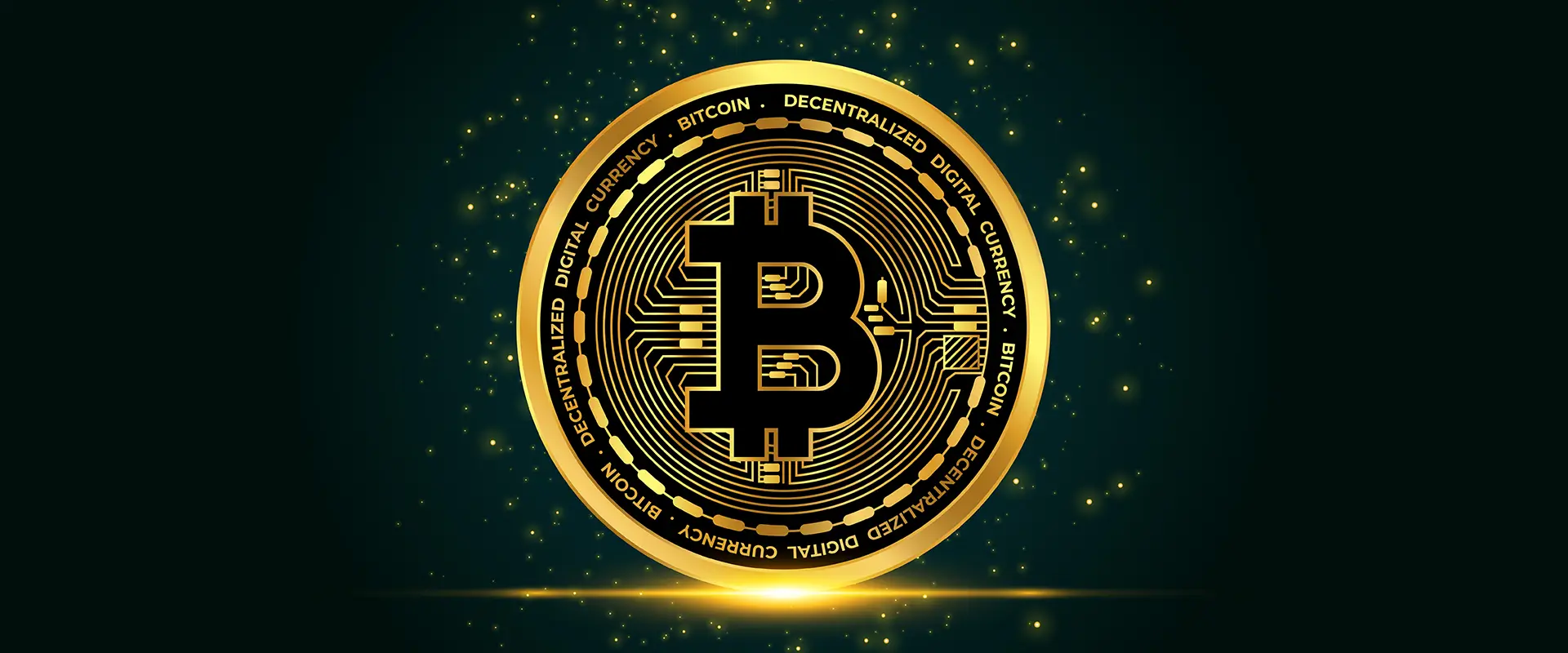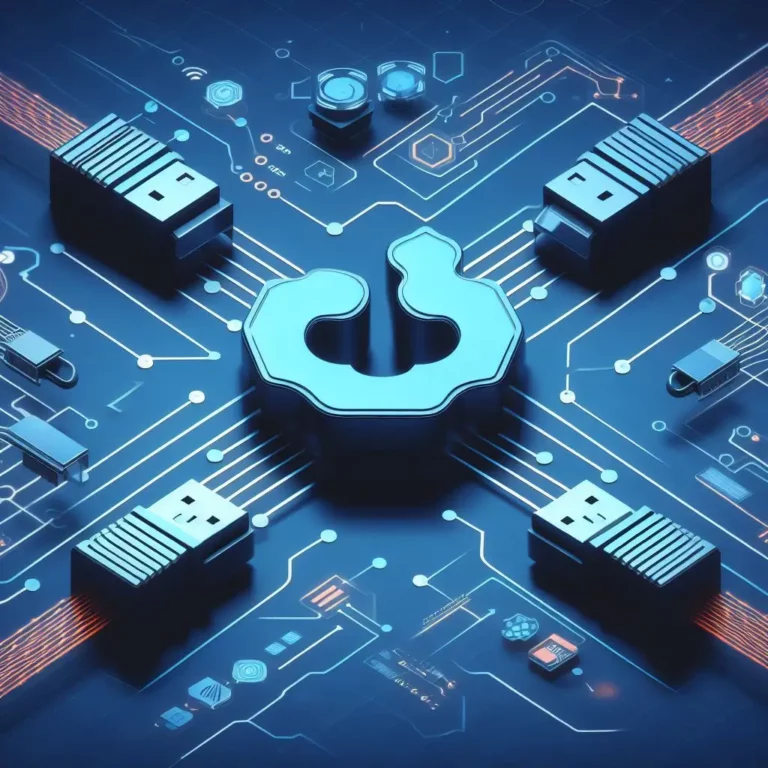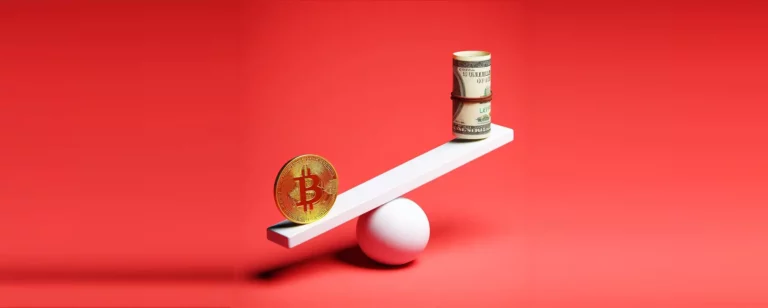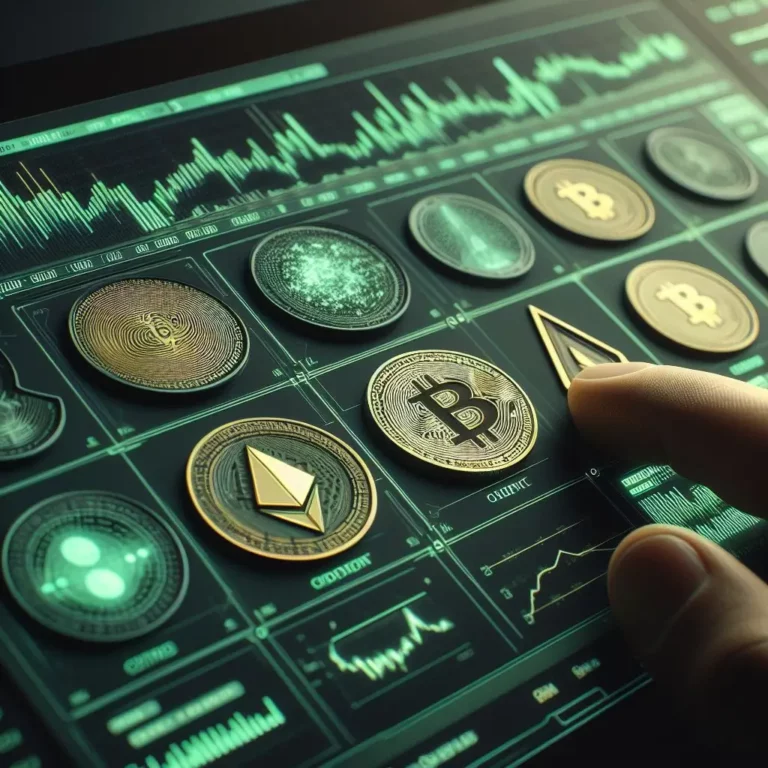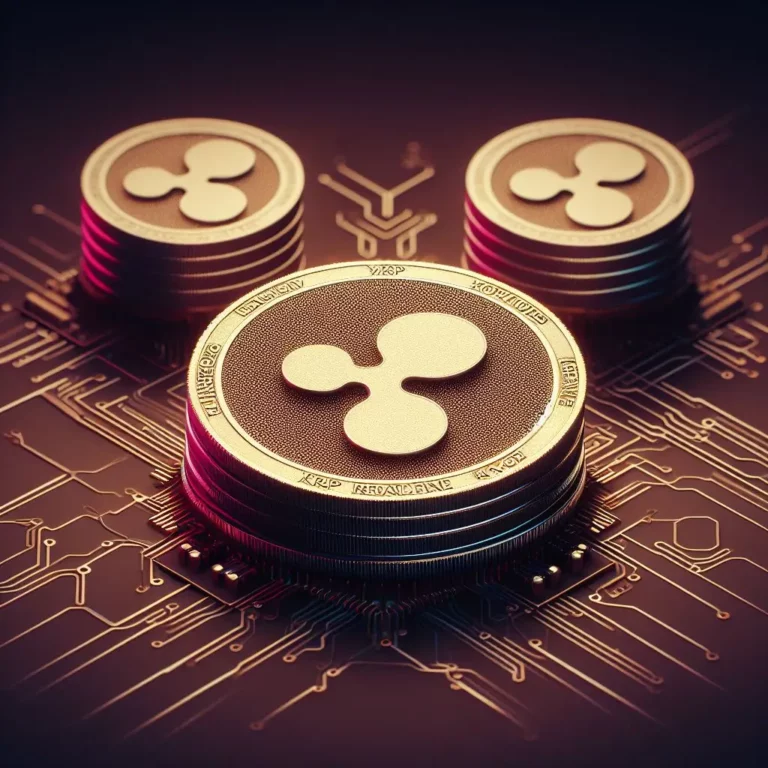You’ve heard about Bitcoin, the cryptocurrency that’s been making waves in the world of finance and technology. You’re curious, intrigued, but also a bit overwhelmed. What is it, really? How can you get started? Is it safe?
I’ve been there too. I stumbled into the world of Bitcoin a few years ago, and let me tell you, it was a rollercoaster ride of excitement, uncertainty, and discovery. But, before we dive into the how-to’s and the why’s, it is imperative to understand why you need this guide in the first place.
Let’s face it. Bitcoin can be perplexing. For most, it’s unlike anything they’ve encountered in traditional finance. It’s not a physical coin or a piece of paper; it’s a digital entity living on the internet. Understanding how it works and how to safely navigate its terrain can be akin to embarking on a journey through uncharted waters.
Consider the jargon that permeates the cryptocurrency space – blockchain, private keys, wallets, nodes, and decentralized networks. To the uninitiated, it can sound like a foreign language, the one that seems intentionally designed to baffle rather than enlighten. These terms, while second nature to seasoned crypto enthusiasts, can leave newcomers feeling as if they’re trying to decipher an ancient code.
Also, not knowing will create risks. In this instance, ignorance can be your greatest adversary. The intricacies of Bitcoin and other cryptocurrencies are not just fascinating; they are essential to your financial safety. An unfamiliar term or concept could mean the difference between a secure investment and a costly mistake.
Also, unlike traditional currency, Bitcoin is not controlled by centralized entities such as banks or governments. Instead, it operates within a decentralized system, which, while offering unique advantages, also places the responsibility for your financial security squarely on your shoulders. In the world of Bitcoin, there’s no bank to turn to, no customer service hotline to call, and no regulatory authority to seek recourse from in case of an issue.
Hence, one has to take on the role of their own financial custodian. This means understanding the intricacies of Bitcoin and the cryptocurrency ecosystem. Education becomes paramount, as it empowers you to make informed decisions and navigate the digital financial landscape with confidence.
This is precisely why this step-by-step guide has been created. It serves as a valuable resource to help you demystify the complexities of Bitcoin, providing clear explanations and actionable insights. Our aim is not only to make the unfamiliar accessible but also to equip you with the knowledge and skills necessary to secure your investments and thrive in the world of digital assets.
By taking the time to educate yourself, you not only mitigate risks but also unlock the full potential of Bitcoin and cryptocurrencies. It’s a journey worth embarking upon, and we’re here to guide you every step of the way, ensuring that you emerge as a well-informed and empowered participant in this transformative financial frontier.
1. Introduction to Bitcoin

Bitcoin, often dubbed as “digital gold” or “the currency of the future,” is a phenomenon that has captivated the world. But what is it, really?
Let’s peel back the layers and unveil Bitcoin’s true essence. At its core, Bitcoin is a decentralized digital currency. To put it simply, it’s a form of money that exists purely in digital form and operates independently of any central authority, such as a government or a bank. This decentralization is one of its defining features, as it means that no single entity has control over Bitcoin. It operates on a peer-to-peer network, allowing users to send and receive funds directly to and from one another without the need for intermediaries.
Now, this might sound like a radical departure from what we’re accustomed to in traditional finance. After all, we’re used to physical cash, credit cards, and the familiar faces of banks. However, understanding Bitcoin’s decentralized nature is crucial, as it’s what makes this digital currency unique and powerful.

Who is Satoshi Nakamoto?
Every great invention has an origin story, and Bitcoin is no exception. In the mysterious world of cryptocurrencies, the name “Satoshi Nakamoto” is shrouded in enigma. Satoshi Nakamoto is the pseudonymous individual or group credited with inventing Bitcoin and publishing the Bitcoin whitepaper in 2008.
Imagine this: a concept that would go on to revolutionize finance and challenge the very foundations of traditional banking was introduced to the world by an anonymous entity. Satoshi’s identity remains unknown to this day, adding an aura of intrigue to the Bitcoin narrative.
Why Buy Bitcoin?
“Why should you even bother with Bitcoin?” It’s a valid question, especially when you’re about to embark on a journey into the world of digital currencies. You may have heard the buzz, seen the headlines, and wondered if it’s all worth the effort. Let’s dive into the reasons why you might want to venture into this intriguing domain.
Seizing Control of Your Wealth
In a world where financial institutions often dictate the rules, Bitcoin offers something revolutionary – control. By investing in Bitcoin, you become the sovereign master of your wealth. Imagine being able to transact directly with anyone, anywhere in the world, without intermediaries or excessive fees. Consider the privacy and security that Bitcoin transactions afford, protecting your financial data from prying eyes.
Bitcoin empowers individuals to break free from the confines of traditional financial systems, where borders and bureaucracies often hinder access and control. It’s about financial inclusion on a global scale, and by embracing Bitcoin, you align yourself with a movement that champions financial sovereignty for all.
Diversification and Store of Value
In an era of economic uncertainty, diversifying your investment portfolio is a prudent strategy. Bitcoin offers a unique asset class that operates independently of traditional markets. Its finite supply, mathematical scarcity, and decentralized nature make it a potential hedge against inflation and economic instability.
Think of Bitcoin as digital gold – a store of value that has stood the test of time and is increasingly being recognized as a legitimate asset by institutional investors and mainstream financial institutions. By allocating a portion of your investments to Bitcoin, you introduce diversity and resilience to your financial strategy.
Global Accessibility and Inclusivity
The world of Bitcoin is open to everyone. Whether you reside in a bustling metropolis or a remote village, all you need is an internet connection to participate. Bitcoin transcends borders, bridging the financial divide that has excluded millions from the global economy.
Moreover, it provides an avenue for those living in economically unstable regions to protect their wealth from hyperinflation and government mismanagement. It offers an escape from the constraints of traditional banking systems that may not always have your best interests at heart.
A Forward-Thinking Investment
By embracing Bitcoin, you’re not just investing in a digital currency; you’re investing in the future of finance. Bitcoin represents a paradigm shift, challenging the status quo and reimagining how we perceive and interact with money.
While Bitcoin’s journey may seem like a rollercoaster ride, it’s precisely this volatility that presents opportunities. With knowledge, patience, and a long-term perspective, Bitcoin can be a compelling addition to your investment portfolio.
Steering Clear of Common Misconceptions
As we unravel the story of Bitcoin, we’ll make a conscious effort to dispel common misconceptions and avoid the pitfalls of technical jargon that can deter newcomers.
Misconceptions often arise from misinformation or the complexities surrounding cryptocurrency. We’re here to set the record straight, ensuring that you have a clear and accurate understanding of Bitcoin. Whether it’s clarifying the difference between Bitcoin and blockchain or addressing common myths, our aim is to provide you with accurate information in a straightforward and accessible manner.
We believe in transparency, honesty, and the power of education. By the end of this chapter, you’ll have a solid foundation in what Bitcoin truly is, free from confusion and misconceptions. You’ll be equipped with the knowledge to embark on your journey through the world of cryptocurrencies with confidence and clarity.
2. The Need for a Step-by-Step Guide

Before we dive headfirst into the practicalities of buying Bitcoin, it’s crucial to understand why it’s worth your attention. Why should you consider investing in this digital currency? Well, let’s paint a picture of its transformative potential.
Imagine a world where traditional financial systems are reimagined. A world where individuals have greater control over their money, where cross-border transactions are seamless and affordable, and where financial inclusion knows no boundaries. This is the promise that Bitcoin holds.
In this section, we’ll illustrate the profound impact that Bitcoin can have on our financial future. We’ll explore its potential to revolutionize payments, challenge the status quo of banking, and empower individuals to take control of their financial destinies.
To truly appreciate the journey you’re about to embark on, it’s essential to glance back at where Bitcoin has been. Bitcoin’s history is rife with remarkable stories of meteoric price rises and dramatic falls. It’s a rollercoaster ride that has left many in awe and some in disbelief.
We’ll take you through this history, highlighting key milestones and shedding light on the factors that have influenced its price. By understanding Bitcoin’s past, you’ll be better equipped to navigate its future.
In the world of cryptocurrencies, FOMO, or the Fear of Missing Out, is a sentiment that often rears its head. It’s the nagging feeling that you might be missing out on the next big thing if you don’t act quickly. It’s the fear of watching others profit while you remain on the sidelines.
We’ll address this common pain point head-on, offering insights and strategies to help you make informed decisions. You’ll learn how to approach Bitcoin investments with confidence, without succumbing to impulsive decisions driven by FOMO.
Our commitment is to provide you with a clear understanding of why Bitcoin matters, a grasp of its historical journey, and the tools to overcome the emotional pitfalls that can cloud your judgment. By the end of this chapter, you’ll be armed with the knowledge and perspective needed to embark on your Bitcoin investment journey with a clear sense of purpose and conviction.
3. Setting Up a Secure Digital Wallet

Allow me to share a personal anecdote that may resonate with you. My first digital wallet experience felt like entering a new world. It was a mix of excitement, curiosity, and yes, a bit of trepidation. I vividly remember setting up my first wallet, wondering about the security of this intangible container that would hold my digital riches.
Like many of you, I had questions. How does it work? Is it safe? What if I make a mistake and lose access to my funds? These are entirely valid concerns, and I assure you, they are a natural part of the journey. But rest assured, we’ll address them all.
What’s a Digital Wallet, and Why Is It Crucial?
Imagine, for a moment, your first wallet – not the digital one we’re about to discuss, but the tangible leather or fabric pouch that held your paper money and coins. It was your personal vault, a place where you stored your hard-earned cash. Well, in the digital finance, a digital wallet serves a similar purpose, but it’s so much more.
However, digital wallets are not just storage units; they are also essential tools for managing your cryptocurrency holdings, conducting transactions, and accessing various features of the blockchain. Thus, having a good understanding of digital wallets is not merely an option; it’s a necessity to ensure the security and functionality of your cryptocurrency investments.
Now, let’s address some of the specific concerns that may be lingering in your mind before we delve into the step-by-step instructions on setting up a secure wallet.
Security
Understandably, one of the primary concerns when it comes to digital wallets is security. How can you be sure that your digital assets are safe from hackers or unauthorized access? Here, we’ll discuss robust security practices that will act as a fortress around your holdings.
- Set up strong, unique passwords that are resistant to hacking attempts.
- Implement multi-factor authentication (2FA) to add an extra layer of security.
- Storing your private keys and recovery phrases securely, ensuring they are never shared or exposed.
- Use reputable wallet providers and staying vigilant for phishing scams.
Scams
Cryptocurrency scams are a real threat, but you can protect yourself with these straightforward steps:
- Always be skeptical of offers that seem too good to be true, especially promises of high returns with little risk.
- Verify the identities of individuals or entities offering deals, especially on social media. Scammers often impersonate well-known figures.
- When visiting cryptocurrency websites or exchanges, double-check URLs to ensure they are legitimate. Avoid clicking on suspicious links in emails or messages.
- Never share your private keys, recovery phrases, or wallet passwords with anyone. These are for your eyes only.
Unexpected Situations
Being prepared for the unexpected can mean the difference between safeguarding your assets and facing potential loss. Here are practical steps to ensure you’re ready for any unforeseen challenges:
- Store your recovery phrases in multiple secure physical locations, and make sure trusted individuals know how to access them in case you can’t.
- Set up a dead man’s switch to trigger actions if you become inactive for a specified time, ensuring your assets are protected.
- Have spare devices ready with your wallet information and recovery options, securely stored and accessible.
- Stay informed about the latest security practices and recovery options available for your wallet type.
Setting Up and Securing Your Digital Wallet
Now that you’ve embraced the world of cryptocurrencies and understand their potential, it’s time to take concrete steps towards setting up and securing your digital wallet. We understand that this process might feel like venturing into uncharted territory, but we’re here to make it as smooth and comprehensible as possible.
1. Choosing the Right Wallet
The first step is choosing the right type of wallet for your needs. There are several options to consider:
- Hardware Wallets: These physical devices are among the most secure options. We recommend investing in one, especially if you plan to hold significant amounts of cryptocurrency. Follow the manufacturer’s instructions to set it up securely.
- Software Wallets: If you prefer a digital wallet, select a reputable software wallet. Make sure it has a strong track record of security. Download it from the official website or app store to avoid counterfeits.
- Mobile Wallets: These are convenient for everyday transactions, but it’s crucial to ensure your device is secure. Use strong, unique passwords and enable biometric or PIN authentication.
2. Downloading and Installing the Wallet
Once you’ve chosen your wallet type, you now can start downloading and installing it on your chosen device. Here are the best practices:
- Visit the official website or app store of the wallet provider. Ensure that you are on the genuine website or the official app store to avoid downloading counterfeit or malicious software.
- Download the wallet application to your device. Be cautious of third-party sources, as they may host modified or insecure versions of the wallet.
- Install the wallet following the instructions provided by the official source. During the installation process, you may be asked to create a new wallet or import an existing one. Follow the steps accordingly.
- Verify the authenticity of the wallet before using it. Check for any digital signatures or verification methods provided by the wallet provider to confirm that you have a legitimate copy.
3. Creating a Strong Password
Your wallet’s security begins with a robust password. Avoid using easily guessable information like birthdays or common phrases. Consider using a passphrase that combines random words and numbers. Password management tools can help you generate and store complex passwords securely.
4. Backing Up Your Wallet
Imagine your wallet as a vault with a digital combination lock. Like any vault, you need to create a backup plan to prevent potential loss. Regularly back up your wallet’s data, including your private keys and recovery phrases. Store these backups in secure, offline locations like a safe or a bank’s safety deposit box. This ensures you can recover your assets in case of device failure, loss, or theft.
5. Setting and Safeguaring Private Keys
Your private keys and recovery phrases are the keys to your financial kingdom. Treat them as you would a physical key to your home. Never share them with anyone, and keep them in a safe and secure place. Avoid storing them digitally, as this can expose them to hacking risks.
6. Setting Up Multi-Factor Authentication (2FA)
2FA adds an extra layer of security to your wallet. Enable it whenever possible. This usually involves receiving a one-time code on your mobile device or email, which you must enter to access your wallet. Even if someone obtains your password, they won’t be able to access your wallet without this second authentication step.
7. Transactions and Security Best Practices
Now that your digital wallet is set up and secure, it’s essential to practice security measures when conducting transactions:
- Before confirming any transaction, double-check the recipient’s address. Ensure it’s accurate, as cryptocurrency transactions are irreversible.
- To minimize errors, consider using QR codes for wallet addresses. They can help ensure that you’re sending funds to the correct destination.
- When making transactions on your mobile wallet, avoid using public Wi-Fi networks. These networks can be less secure, making your transactions vulnerable to interception.
- Keep your wallet software up to date. Developers often release updates to fix bugs and enhance security features.
- Be cautious of phishing attempts, especially through emails or messages claiming to be from your wallet provider. Never click on suspicious links or share sensitive information.
- If you plan to exchange cryptocurrencies or purchase them through an exchange, choose well-established and reputable platforms with strong security measures.
- Regularly review your transaction history to detect any unauthorized activity. Early detection can prevent potential losses.
- If your wallet includes recovery phrases, store them securely offline. Avoid storing them digitally, as they can be compromised if your device is hacked.
By following these security best practices during your cryptocurrency transactions, you’ll further enhance the safety of your digital assets and ensure a secure and successful Bitcoin journey.
4. Navigating Cryptocurrency Exchanges

Having a secure digital wallet is like having a safe and reliable storage vault for your cryptocurrency holdings. But, it is useless unless you put it to use – much like owning a car is only part of the journey—you also need the right roads to drive on—your wallet is only as useful as your ability to engage in cryptocurrency transactions.
This is where cryptocurrency exchanges come into play. They are the bustling marketplaces, the financial hubs of the cryptocurrency world, akin to traditional stock exchanges. These platforms enable you to trade, buy, or sell cryptocurrencies, including Bitcoin. However, just as you wouldn’t trust any road with your prized vehicle, choosing the right exchange is crucial for the safety, reliability, and overall success of your Bitcoin journey.
Choosing the Right Exchange
Cryptocurrency exchanges are the bridges between your digital wallet and the broader cryptocurrency ecosystem. They provide you with access to a global marketplace, allowing you to convert your Bitcoin into other cryptocurrencies or traditional fiat currencies, and vice versa.
But remember, not all exchanges are equal. Just as you wouldn’t blindly pick any road for your journey, you must carefully select your exchange for a smooth and secure experience. Your secure digital wallet is your starting point, and the exchange is your route to trade, buy, or sell Bitcoin. Here’s how to make the right choice:
- Research Extensively: Think of this as planning your route. Begin by researching and comparing different exchanges. Look for reviews, user experiences, and expert opinions to ensure the exchange has a solid reputation for security and reliability.
- Check Regulatory Compliance: Much like ensuring the roads you drive on are up to code, make sure the exchange complies with relevant regulatory authorities in your jurisdiction. Regulatory compliance can indicate a commitment to transparency and security.
- Security Features: The security of an exchange is like the safety features on a road. Examine the exchange’s security measures. Does it use encryption to protect user data? Is two-factor authentication (2FA) available for added security during login?
- Fees and Trading Pairs: Consider the fees associated with the exchange, including trading, withdrawal, and deposit fees. Also, check if the exchange offers the cryptocurrencies you want to trade, much like choosing a route that takes you to your desired destination.
- Customer Support: Think of customer support as the emergency services along the way. Responsive and helpful customer support can be a lifesaver in case of issues. Test the exchange’s customer support responsiveness before making a substantial transaction.
- Start Small: Similar to taking a test drive before a long journey, begin with a small deposit or trade to get a feel for the exchange’s interface and processes. This minimizes risks until you are comfortable with the platform.
- Withdraw to Your Wallet: After purchasing Bitcoin, consider withdrawing it to your personal digital wallet for added security. Keeping funds on the exchange exposes them to potential risks.
5. How to Buy Your First Bitcoin

By now, you’ve laid the groundwork with a secure digital wallet and selected a reliable cryptocurrency exchange. It’s an exhilarating moment as you prepare to embark on the most thrilling leg of your Bitcoin adventure: acquiring your very first Bitcoin.
Types: Fiat, Trading, and Mining
You’re about to discover the multiple avenues available to make that first Bitcoin yours. These options range from traditional fiat purchases to the dynamic realm of trading and even the adventurous path of mining.
Fiat Currency: Starting with the Basics
Imagine this as your introduction to Bitcoin. Fiat currency, such as dollars or euros, is your entry ticket into the world of cryptocurrencies. To acquire your first Bitcoin with fiat currency, you’ll rely on a reputable cryptocurrency exchange.
- Exchange Selection: Choose an exchange wisely, just as you would pick a reliable partner for your financial journey. Opt for a well-established exchange that simplifies the process of converting fiat currency into Bitcoin.
- Account Setup: Establish an account on your chosen exchange, which typically involves identity verification to comply with regulations.
- Deposit Fiat: Fund your exchange account with your preferred fiat currency, akin to stocking up before embarking on an adventure.
- Place Your Order: Visit the trading section of the exchange and initiate a buy order for your desired quantity of Bitcoin.
- Securing Your Bitcoin: After purchase, consider withdrawing your Bitcoin to your secure digital wallet for enhanced protection.
Trading: Navigating Cryptocurrency Markets
Trading offers a more dynamic and potentially rewarding approach. It involves actively buying and selling cryptocurrencies on exchanges to capitalize on market fluctuations.
- Market Analysis: Think of this as studying the market’s behavior before making your move. Traders analyze market trends, news, and technical data to make informed decisions.
- Risk Management: Trading requires prudent risk management, much like preparing for potential challenges on your journey. Traders employ strategies like stop-loss orders to minimize potential losses.
- Technical Skills: Trading demands a deeper understanding of cryptocurrency markets and trading techniques, akin to mastering a skill essential for your expedition.
Mining: Pioneering Your Way
Mining is a less traveled path, where you take on the role of a digital prospector, seeking rewards for securing the Bitcoin network through complex mathematical computations.
- Mining Equipment: Similar to obtaining specialized tools for a specific task, miners invest in powerful computers tailored for Bitcoin mining.
- Network Participation: Mining involves active participation in the Bitcoin network, serving as a guardian of its security and integrity.
- Resource Intensive: Mining can be resource-intensive and may not suit beginners. It demands technical expertise and significant upfront investments.
Your choice among these avenues—fiat, trading, or mining—depends on factors such as your risk tolerance, knowledge, and the level of engagement you seek in your Bitcoin experience. Regardless of your chosen method, always prioritize security and protect your assets in your personal digital wallet.
Go ahead and buy your Bitcoin.
You’re filled with anticipation and perhaps a hint of trepidation. It is common feeling among new investors. Just follow the steps and you are good to go.
Step 1: Setting Up Your Secure Digital Wallet
First, you’ve taken the crucial step of setting up your secure digital wallet. Think of it as your personal vault, where you’ll store your precious Bitcoins. Your digital wallet is equipped with encryption and security measures to keep your cryptocurrency safe from prying eyes.
Step 2: Choosing a Reputable Cryptocurrency Exchange
Next, you’ve done your homework and selected a reputable cryptocurrency exchange. This is the gateway to the world of Bitcoin trading. It’s like choosing a reliable bank for your financial transactions. You want an exchange with a strong track record for security and customer service.
Step 3: Creating an Exchange Account and Identity Verification
You visit the chosen exchange’s website and embark on the journey by creating an account. This is where regulatory standards come into play. To ensure a safe and compliant environment, exchanges often require identity verification. It may seem like an inconvenience, but it’s a necessary step to combat fraud and money laundering.
Step 4: Funding Your Exchange Account with Fiat Currency
With your account set up and identity verified, it’s time to fund your exchange account. Let’s say you decide to start with $1,000. You transfer this amount from your traditional bank account to your newly established exchange account. This step is as simple as any other online banking transaction.
Step 5: Placing Your First Bitcoin Purchase Order
Now that your exchange account is funded, you navigate to the trading section. Here, you’ll place your first buy order for Bitcoin. You specify the amount you wish to purchase and the price at which you’re willing to buy. The exchange will then match your order with a seller, executing the transaction when the price aligns with your criteria.
Step 6: Your First Bitcoin Arrives
The moment arrives. Your exchange successfully matches your order with a seller, and your first Bitcoin is credited to your exchange account. It’s an exhilarating moment, akin to receiving a digital treasure chest.
Step 7: Enhancing Security by Withdrawing to Your Personal Wallet
But the journey doesn’t end here. To bolster security, you promptly initiate a withdrawal to your personal digital wallet. Remember, safety is paramount in the world of cryptocurrencies. Leaving funds on an exchange exposes them to potential risks, such as hacking or regulatory issues. Your personal wallet, with its robust security features, is the safest haven for your newly acquired Bitcoin.
So, there you have it – your first Bitcoin, safely secured in your personal digital wallet. With each step, you’ve navigated the complexities with clarity and confidence. You’ve embraced this new frontier, empowered with actionable insights and the knowledge that your financial future is now a bit more decentralized and filled with potential.
